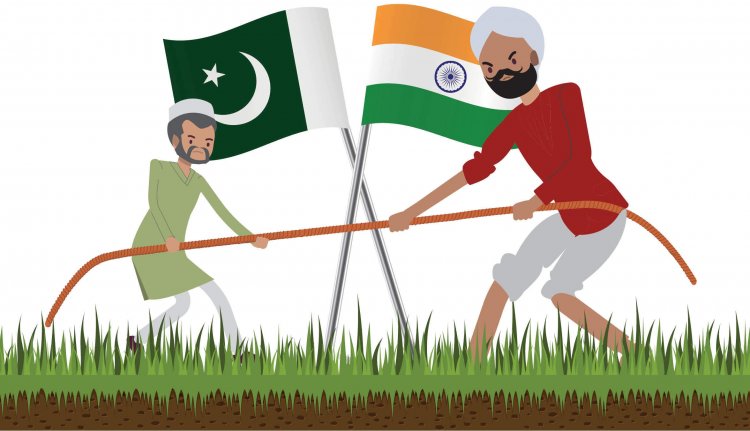India - Pakistan: Making Punjab the Focus of ‘Par Diplomacy’
STORIES, ANALYSES, EXPERT VIEWS

In its election manifesto issued last week, the Shiromani Akali Dal (SAD) promised to get back Kartarpur Sahib, the final resting place of Guru Nanak, less than five kilometres across the Pakistan border. This is not, writes C Raja Mohan (contributing editor on international affairs for The Indian Express and visiting professor at the Institute of South Asian Studies, National University of Singapore) “as rash as the BJP leaders’ promise to bring Pakistan occupied Kashmir (PoK) into India’s fold…….the SAD is promising to work with the Centre to negotiate an ‘exchange of territory’ with Pakistan, in return for Kartarpur Sahib.”
Changing the nature of frontiers
More practical than reworking the territorial disposition of the Punjab boundary or erasing the Line of Control in Kashmir “is changing the nature of these frontiers that have long been zones of military confrontation and not commercial cooperation. That is why the push for cross-border trade with Pakistan is important. The SAD also demands reopening the Attari and Hussainiwala borders with Pakistan for trade and tourism to usher in economic prosperity.
“The problem here is not with India but with Pakistan. Over the last few decades, the Pakistan Army made it clear that it has no interest in economic cooperation with India until the Kashmir question is sorted out to its satisfaction. On the trade front, Pakistan has never given the MFN status to India. Delhi, which gave that status to Pakistan, withdrew it in February 2019 after the terror attack in Pulwama…..”
While businessmen across the border were making a sensible commercial case for resuming trade, “Pakistan’s establishment is not sure if this can be done because there is so much other baggage that overwhelms common sense on Islamabad’s ties with Delhi.”
After elections, Mohan writes “the new government in Delhi could look at an interesting proposal from the SAD—the call to make the entire Punjab border into a ‘special economic zone’. The SAD wants to work with Delhi to bring small and medium enterprises into this zone.
“It will be interesting to imagine what such a zone could do for India-Pakistan relations when there is freer trade and economic cooperation across the Punjab border. Imagine also Pakistan setting up a similar free zone on its side of the border and the possibilities for integrated development."
Give ‘para diplomacy’ or ‘sub-state diplomacy’ a chance
SAD ideas “in essence, reflect the interests of a people who have paid a high price for the partition of the Punjab. The SAD’s proposals on engaging Pakistan bring to the fore the idea of ‘para diplomacy’ or ‘sub-state diplomacy’ in promoting national interests. This involves formal interactions between entities below the federal level — provincial and local governments — in pursuit of shared national goals.”
The conduct of para diplomacy, writes Mohan “is not in opposition to the national governments, which have a monopoly over the engagement with other sovereigns…..Para diplomacy, conducted in tandem with the central government, can often produce openings that can’t be generated between the congealed positions of the national governments.”
India and Pakistan “in their on-again, off again peace process over the last quarter of a century have occasionally encouraged substate diplomacy in Punjab. There were occasions when the chief ministers of east and west Punjab met to explore mutually beneficial cooperation. However, those fledgling initiatives could not survive the intensity of the conflict at the national level.”
The next government, irrespective of its political colour, advises Mohan “must return to reconsidering para diplomacy as a valuable tool of India’s statecraft. To succeed, India’s neighbourhood policy must work with the interests of the people in the border provinces. This, in turn, demands the construction of a consensus between the centre and the regional parties in the border provinces on developing a productive relationship with the neighbours.”
















